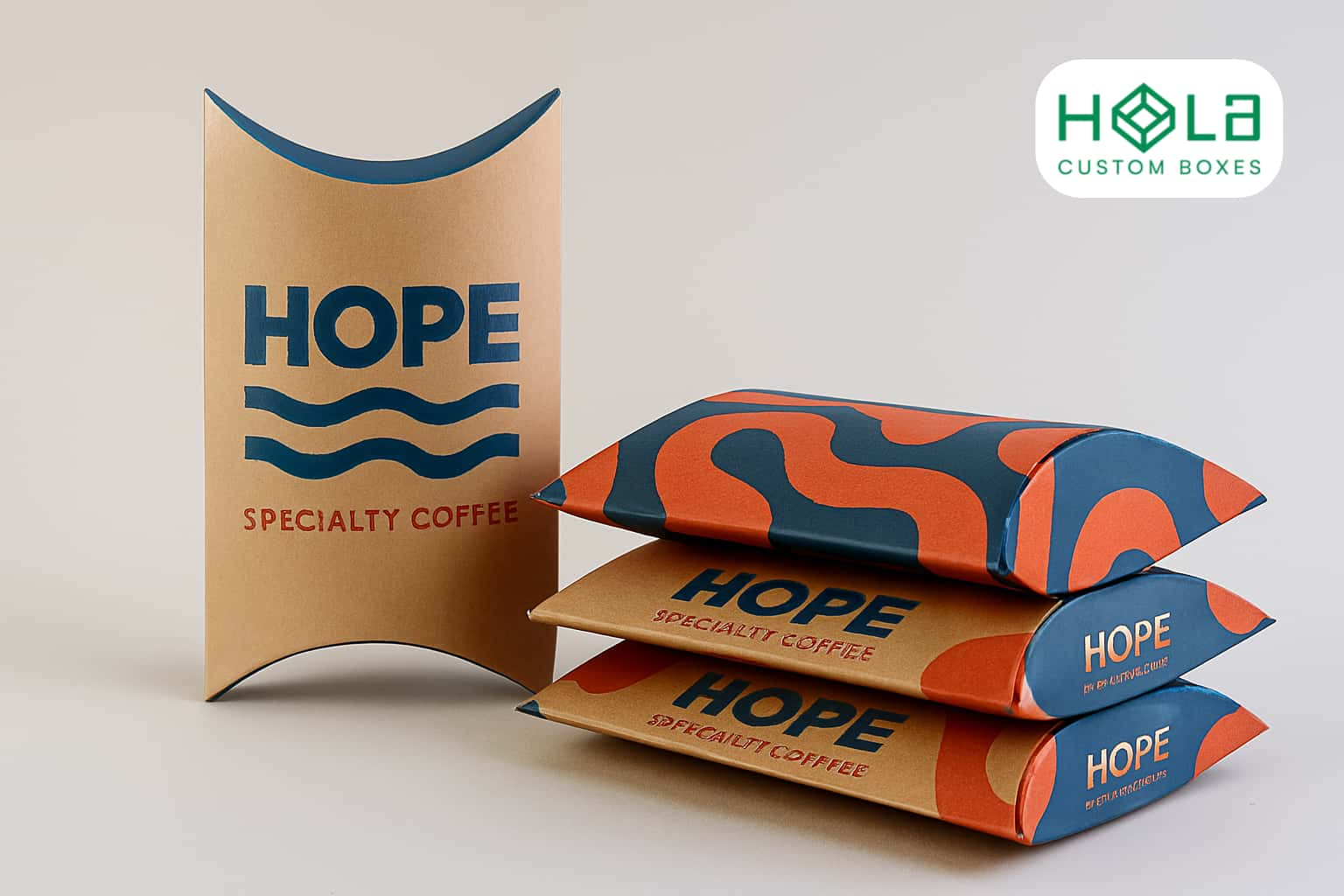Unleashing The Power Of Packaging: Building A Consistent Brand Identity
2025-12-10 12:04:48
When you think about your brand's identity, packaging often takes a backseat. Yet, it plays a pivotal role in how consumers perceive and connect with your products. Consistent use of colors, logos, and typography can not only boost recognition but also enhance trust. Imagine your products standing out on crowded shelves and fostering emotional connections. What strategies can you implement to harness the power of packaging truly? The answer might redefine your approach.
Main Points
- Consistent use of logo, colors, and typography creates a recognizable brand identity that fosters consumer trust and loyalty.
- Unique shapes and textures in packaging enhance sensory experiences, making products memorable and appealing to consumers.
- Clear labeling of product information empowers informed decisions, reinforcing brand transparency and consumer confidence.
- Cohesive packaging design across product lines increases brand recognition and can boost sales by signaling reliability in competitive markets.
- Engaging visuals and storytelling in packaging evoke emotional connections, influencing consumer behavior and increasing purchase likelihood.
The Significance of Packaging in Brand Recognition
When you first encounter a product on a store shelf, its packaging often speaks volumes about the brand behind it. This initial impression is essential; 72% of consumers say packaging design influences their choices.
Familiar colors, shapes, and graphics can boost brand recognition by up to 70%. Consistency in packaging not only reinforces brand values but can also lead to a 23% increase in revenue.
However, be cautious—90% of package redesigns fail to spike sales, as consumers resist changes that disrupt recognition.
In the end, effective packaging triggers subconscious buying behaviors, making it a significant tool for fostering lasting connections with your audience. Additionally, custom-printed display boxes increase product visibility and attract customer attention, further enhancing brand identity.
Key Elements to Consider in Packaging Design
How can you guarantee that your packaging design stands out in a crowded marketplace? Start by ensuring consistent use of your logo, color scheme, and typography; this builds brand recognition and trust.
Research shows uniform packaging can boost purchase likelihood by 70%. Align your materials with brand values, opting for recycled or biodegradable options to appeal to eco-conscious consumers. Eco-friendly materials utilized in production can also enhance your brand's image.
Unique shapes and textures can differentiate your products and create a memorable sensory experience.
Finally, prioritize clear labeling to convey essential product details, strengthening your brand identity and fostering consumer trust. These elements are vital for effective packaging design.
Enhancing Consumer Trust Through Clear Communication

Packaging design not only showcases your brand but also serves as an essential communication tool that can considerably enhance consumer trust.
By utilizing clear labels that highlight key product information such as ingredients and nutritional values, you empower consumers to make informed decisions. Transparency is crucial; 72% of health-conscious shoppers believe packaging influences their choices.
When you communicate health benefits effectively, you deepen their understanding and trust. Consistent, recognizable packaging can increase purchase likelihood by 70%.
Avoid mixed messages—coherent branding fosters loyalty and confidence, ensuring your packaging isn't just attractive but a reliable source of information for your customers. Additionally, custom packaging options like high-quality materials can help prevent leakage and enhance the overall product experience.
Emotional Connection: How Packaging Influences Consumer Behavior
Though often overlooked, the emotional connection you create through packaging can significantly sway consumer behavior. Eye-catching designs and storytelling evoke feelings that influence decisions, with 72% of consumers acknowledging packaging's impact on their choices.
The emotional connection in packaging significantly influences consumer choices, impacting 72% of purchasing decisions.
When your packaging is consistent, it fosters familiarity and trust, making 70% of shoppers more likely to buy. In retail, where decisions are made in seconds, compelling visuals draw attention and enhance emotional engagement.
Intense colors and creative elements not only resonate with health-conscious consumers but also elevate perceived quality, making your product more desirable and memorable. Additionally, incorporating custom printed designs can significantly enhance brand visibility and engagement.
In the end, effective packaging transforms mere products into emotional experiences.
Leveraging Packaging as a Marketing Tool
Creating an emotional connection through packaging naturally leads to exploring its role as a powerful marketing tool. Eye-catching designs can sway 72% of consumers, driving their purchasing decisions.
Limited-edition packaging sparks urgency, compelling impulsive buys. By integrating social media strategies, you can enhance engagement and foster a loyal community around your brand.
Sustainable options resonate with health-conscious consumers, bolstering your reputation. Furthermore, innovative packaging that aligns with your brand values can elevate market presence, contributing to a remarkable 23% revenue increase. Custom E-commerce Packaging is essential in creating unique designs that reflect your brand identity.
Maintaining Consistency Across Product Lines
When brands present a unified look across their product lines, they greatly enhance recognition and trust among consumers.
Studies reveal that 70% of consumers are more likely to buy products with familiar packaging. By using consistent color schemes, fonts, and logos, you build trust and reinforce brand values.
Familiar packaging boosts consumer likelihood to purchase, enhancing trust through consistent branding elements.
Remember, 90% of redesigns fail to boost sales due to consumer resistance. Cohesive packaging can increase sales by 10%, signaling reliability in crowded markets.
With five to seven exposures needed for a purchase decision, maintaining a consistent visual identity can lead to a remarkable 23% increase in annual revenue. It's a wise investment.
Addressing Challenges in Brand Packaging Consistency
As brands endeavor to maintain packaging consistency, they often encounter challenges that can undermine their efforts.
To tackle these issues effectively, focus on the following:
Avoid Mixed Messages: Guarantee language, visuals, and design elements align with your brand identity.
Monitor Consumer Feedback: Regularly assess customer responses to identify inconsistencies and areas for improvement.
Emphasize Familiarity: Remember, consistent packaging can increase consumer trust and boost sales by 10%.
Conclusion
In today's competitive market, you can't underestimate the impact of consistent packaging on your brand identity. By aligning colors, logos, and messaging, you create a recognizable presence that fosters trust and emotional connections with consumers. This cohesive strategy not only drives loyalty but also turns your packaging into a powerful marketing tool. Embrace the potential of your packaging; it's your chance to stand out, connect deeply, and finally boost your sales. Don't let it go to waste!
